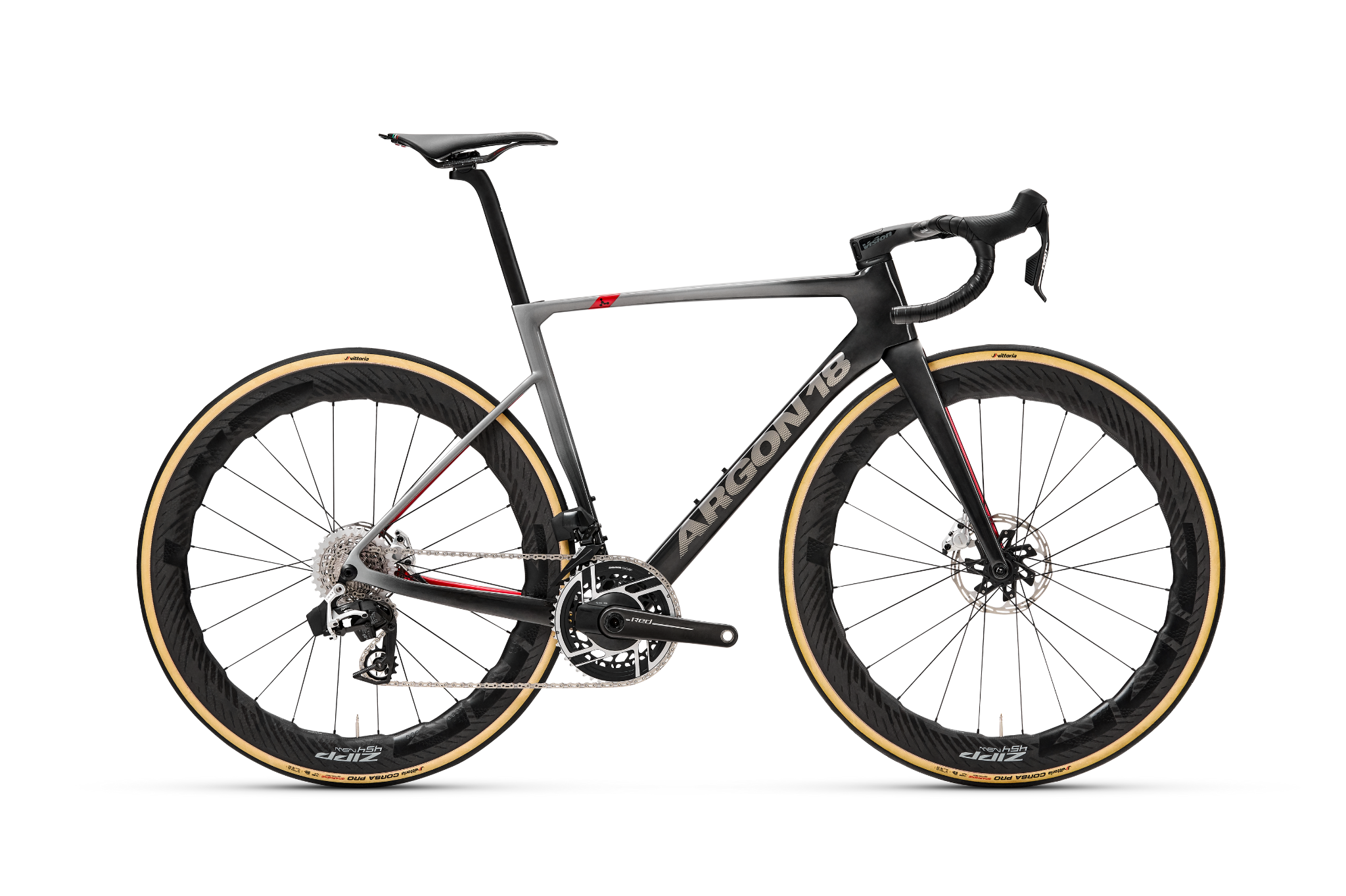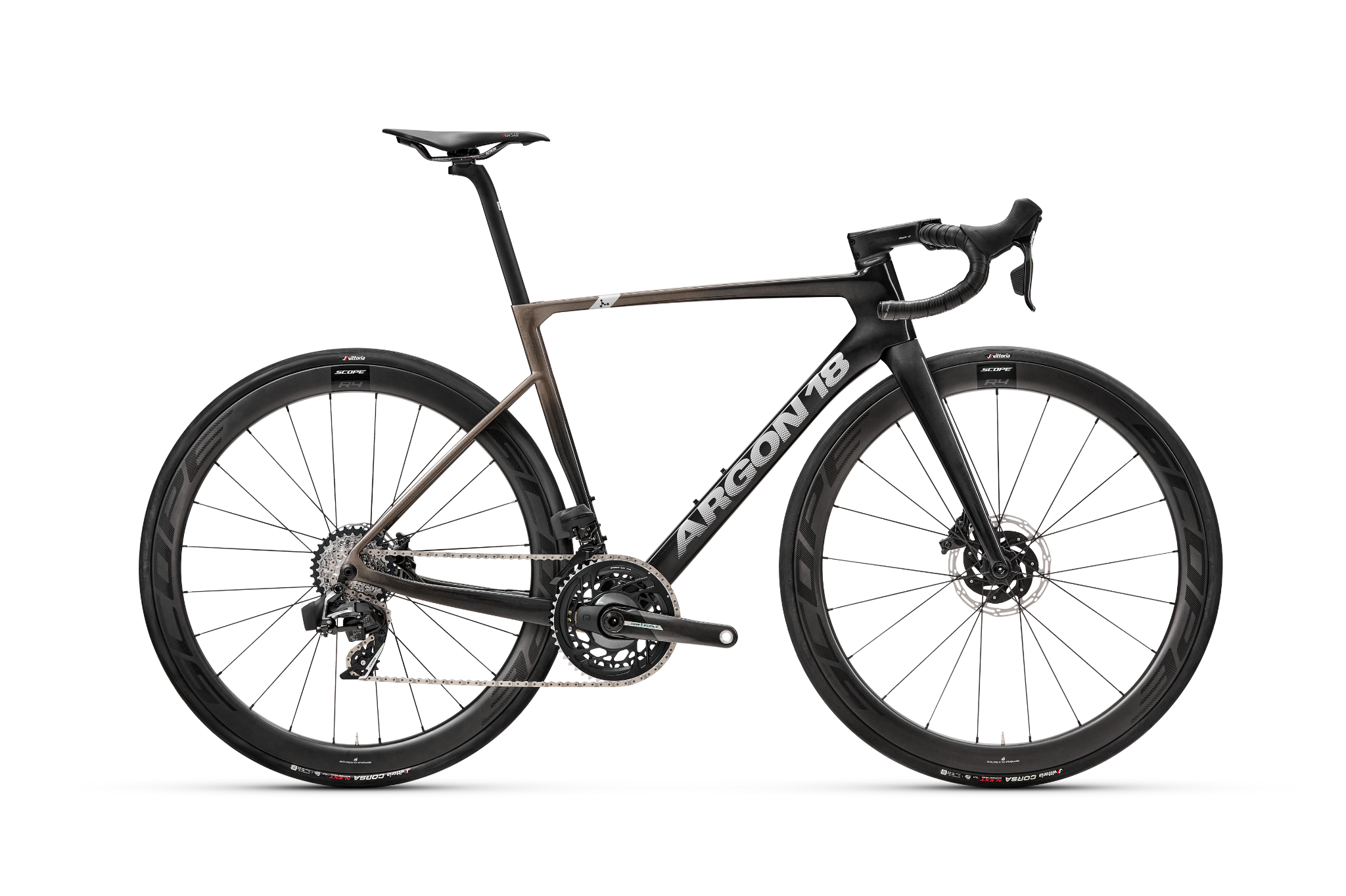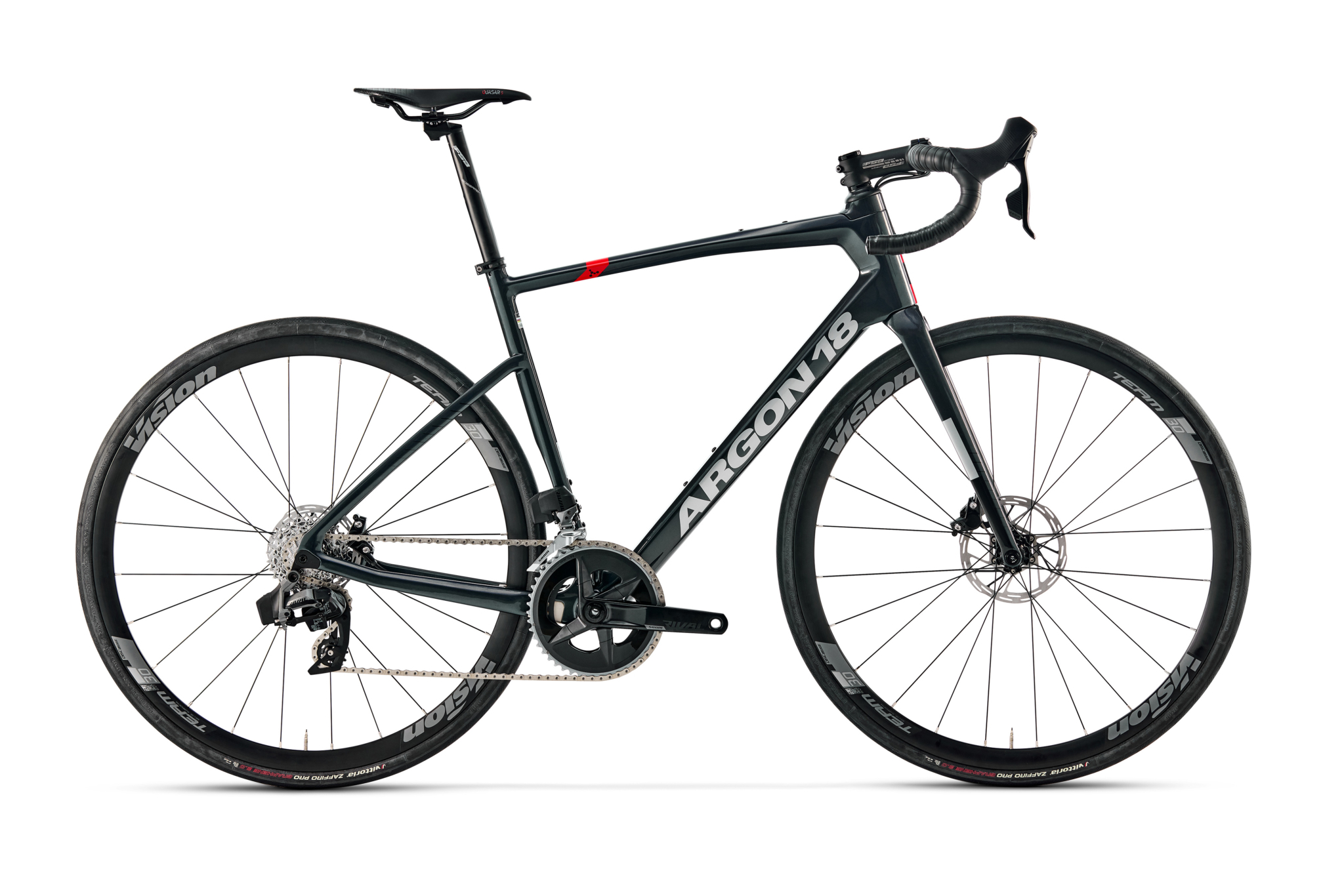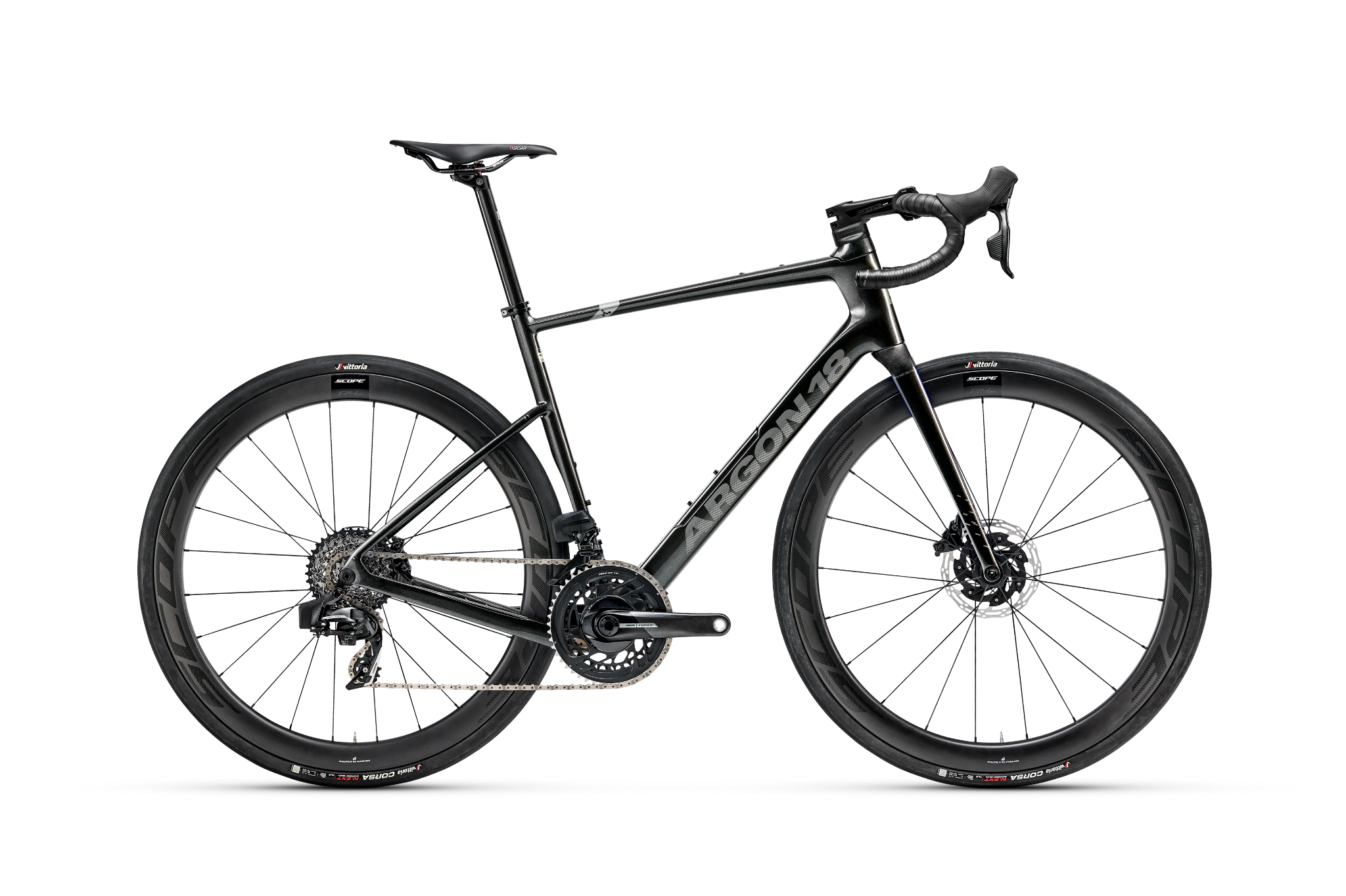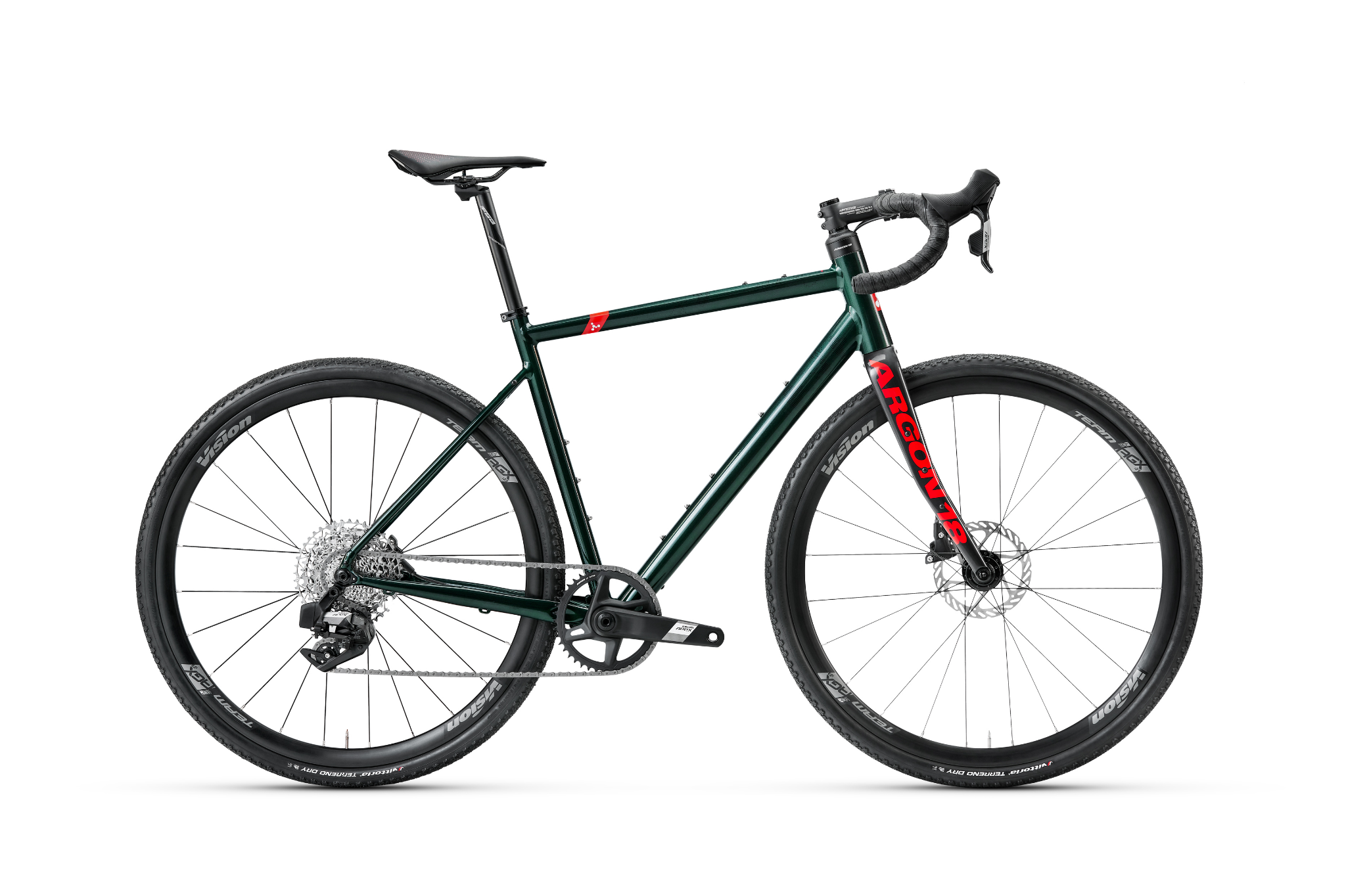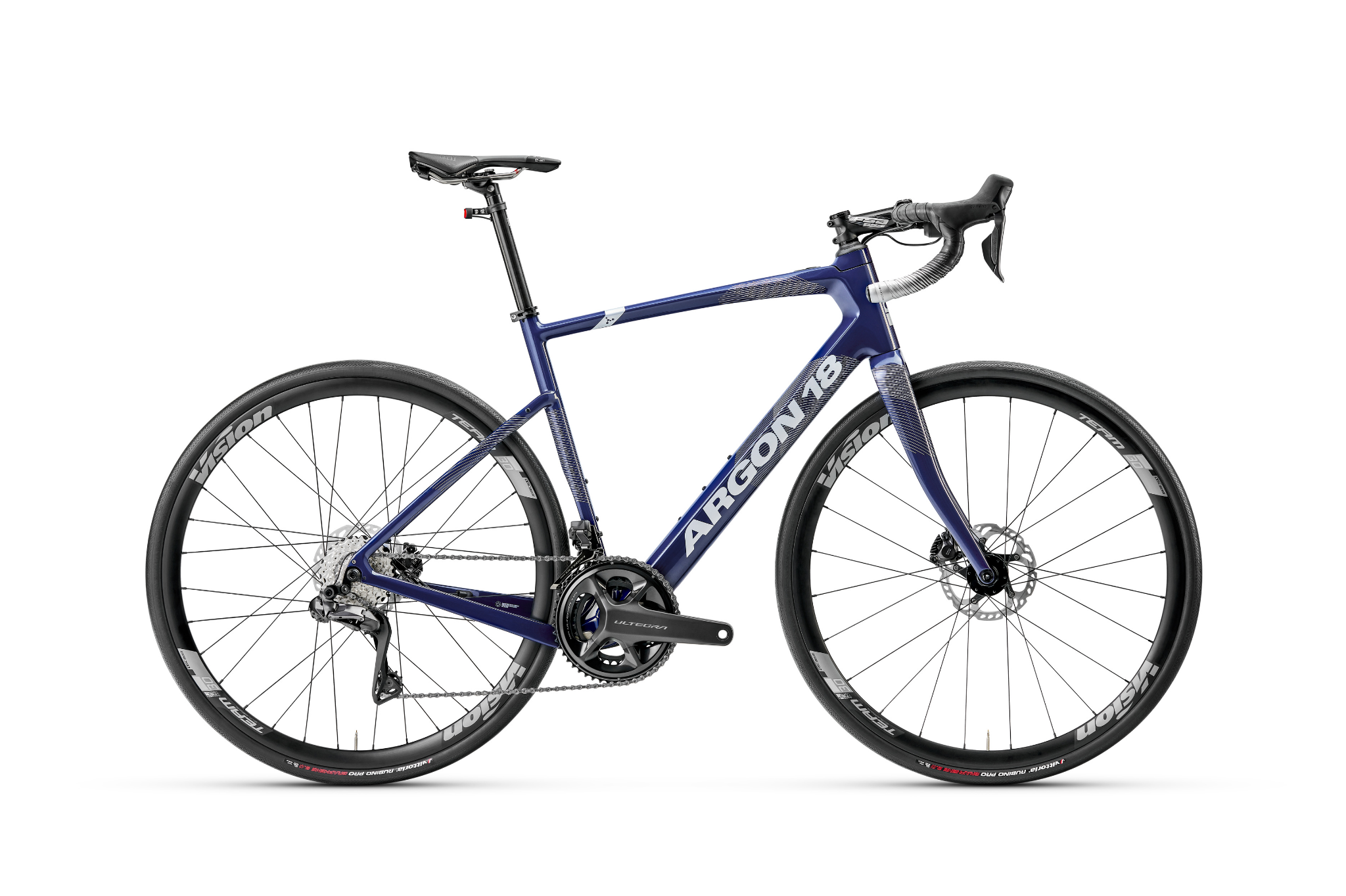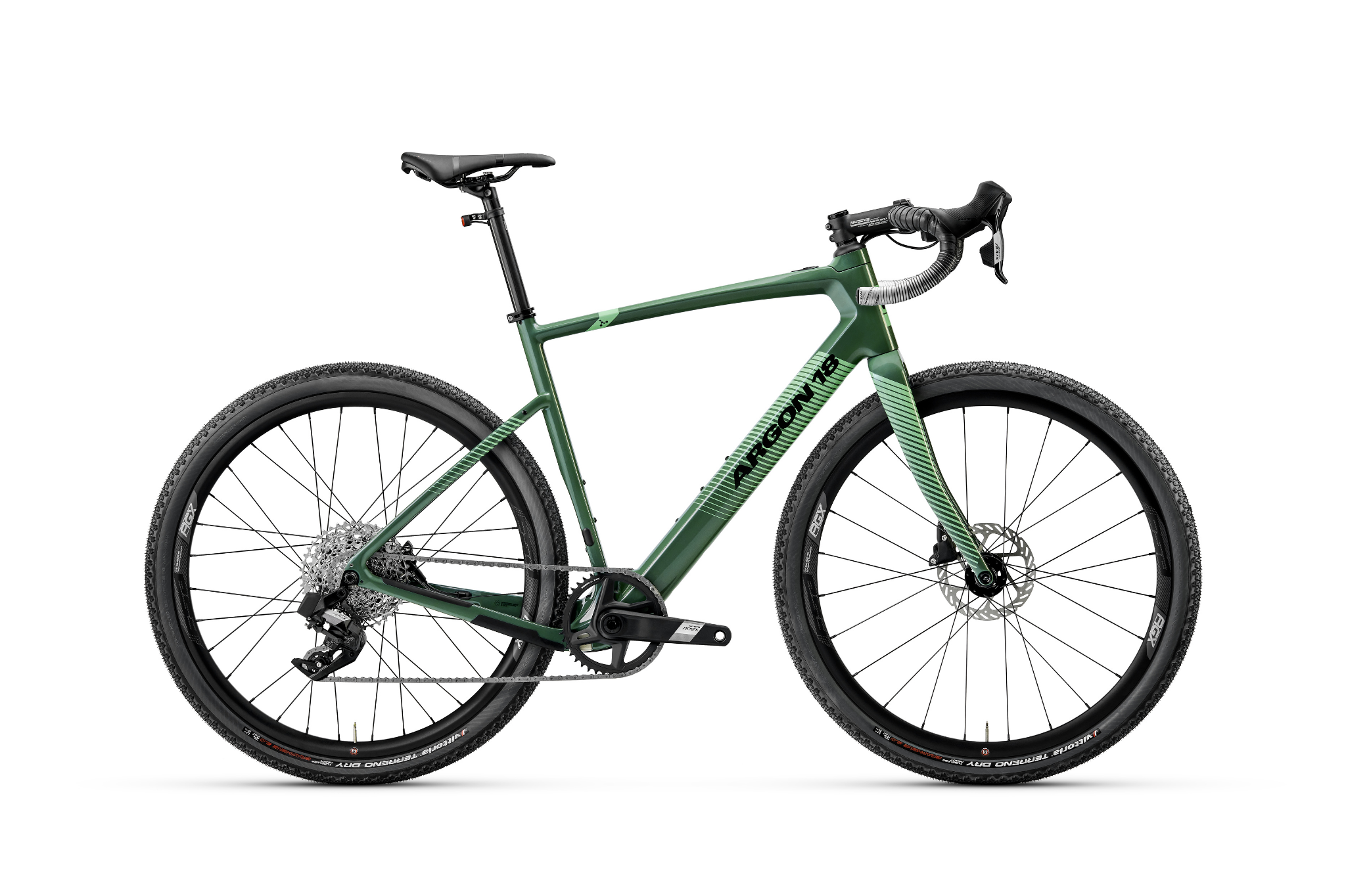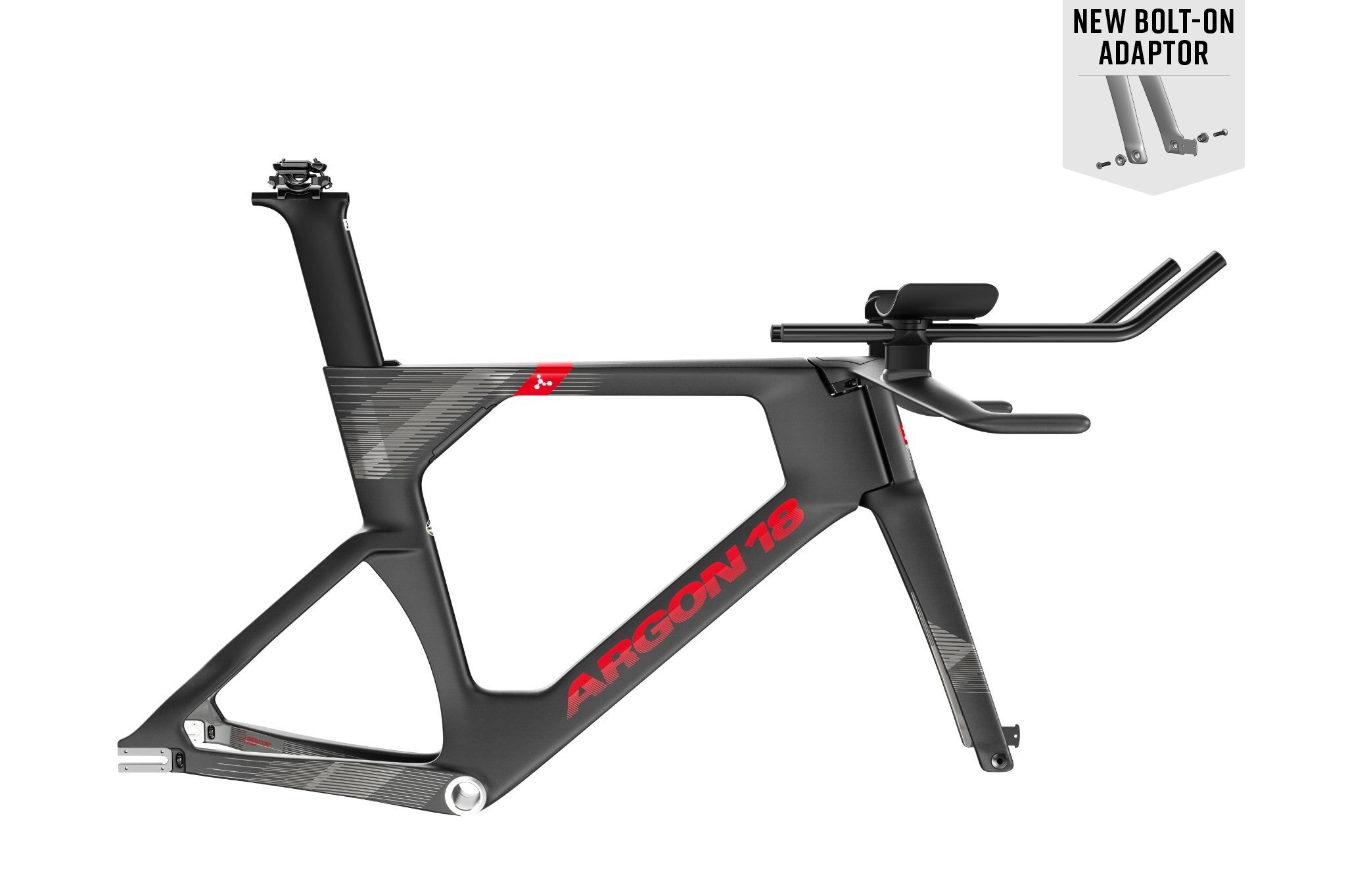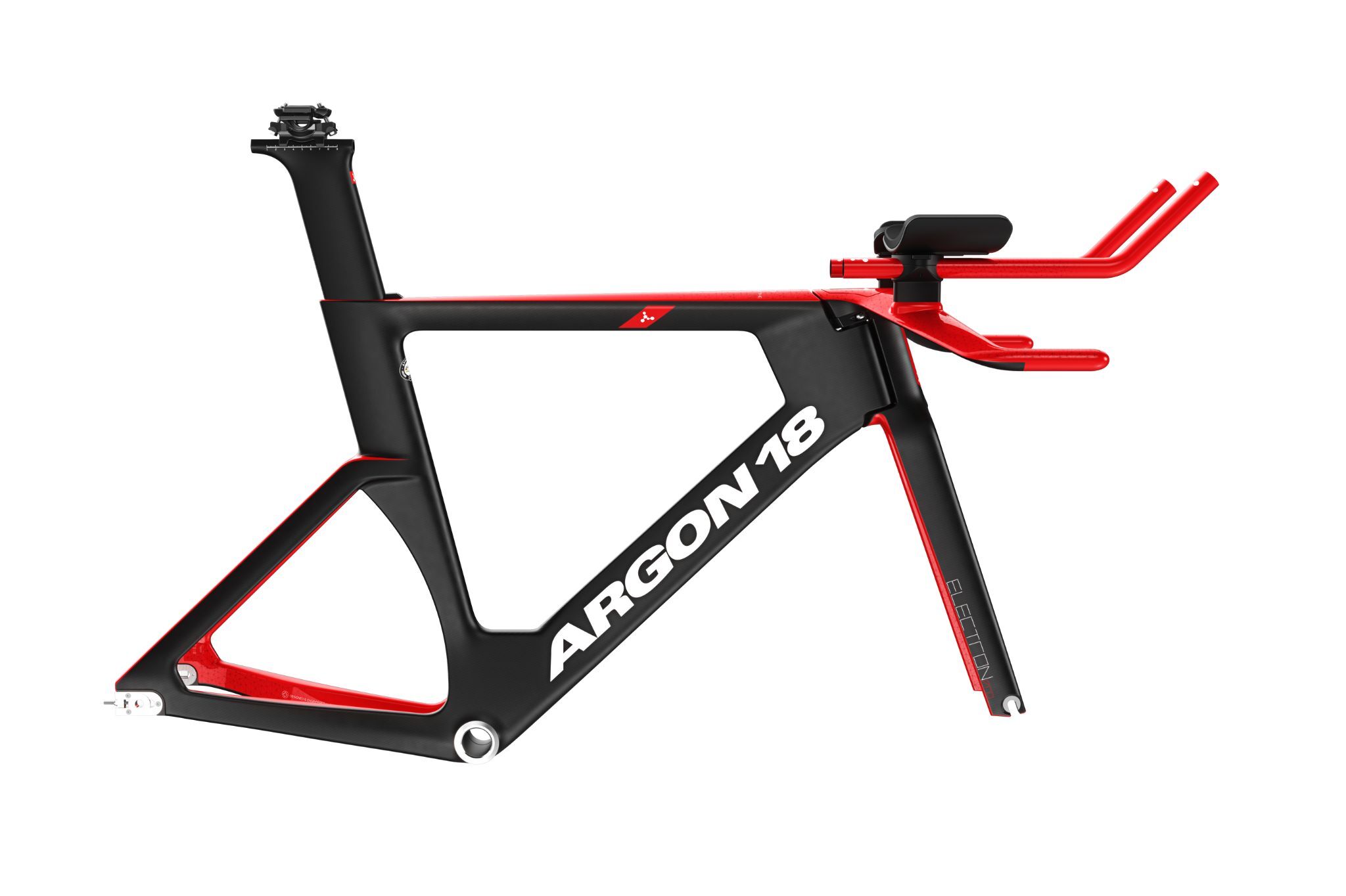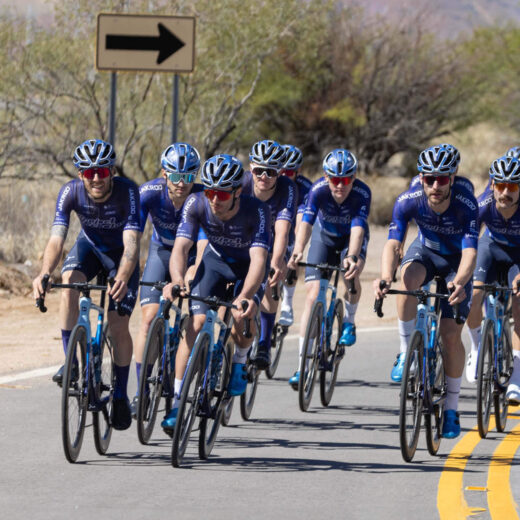Ride Recap: The Ride to Stop Suicide
The Ride to Stop Suicide (R2S2) was a coast-to-coast ride across America to raise awareness and funds to support veterans’ mental health efforts. Veteran and Project Echelon cyclist Aaron Hunnel took on the 3100-mile challenge starting September 11th and finishing October 3rd. Argon 18 had a chance to speak with him… after he had a bit of time to recover.
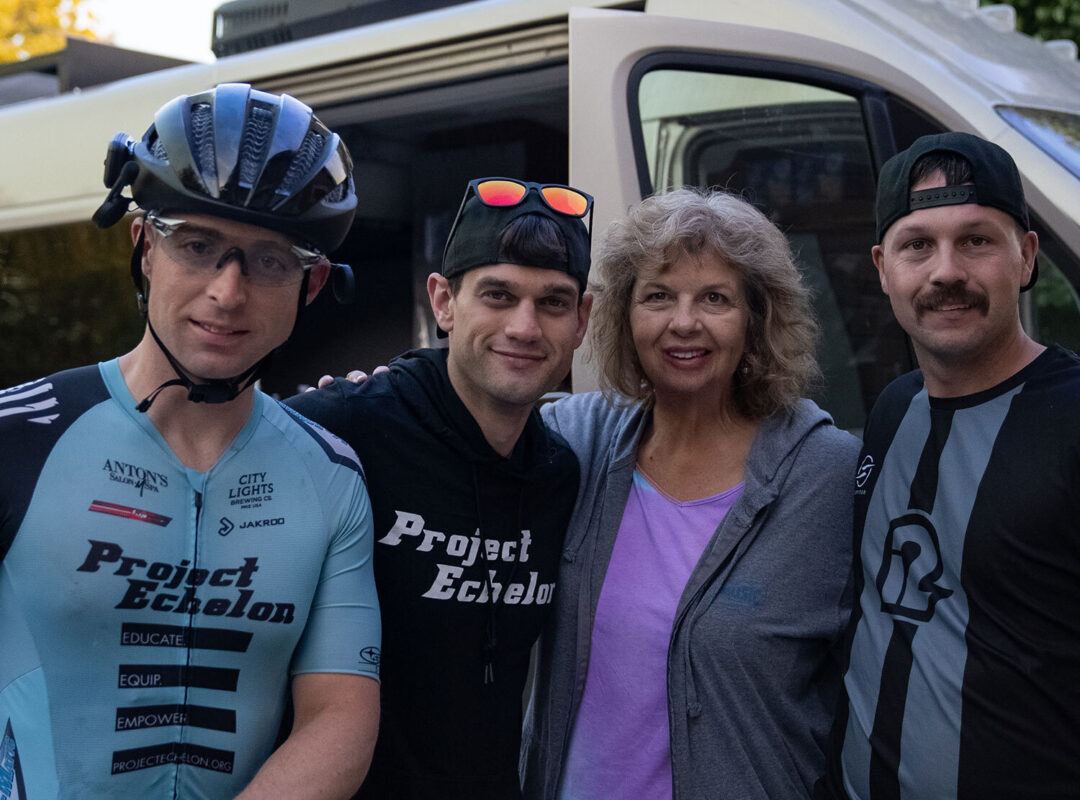
Let’s start with the challenges. On Day 3, you were in the hospital with heatstroke and dehydration. How did you recover from that?
Coming back from that mentally was tough. I got caught up looking at the 2700 miles I still had to go and feeling overwhelmed by it. I mean, it was only Day 3, and the heat already had this effect on me. Psychologically you can’t do that, you can’t look at the entire distance; it’s just overwhelming. You have to look at just the next day. Once I made that pivot, it gave me a lot of hope. I stopped thinking that I had to ride 2700 more miles and started thinking that I had to go out the next day and see if I could do 50. Then I could evaluate how I felt and see if I could do any more the day after that. Then that next day came and as soon as I woke up, I knew I was going to do the maximum mileage that day. That was a huge confidence boost, not only to overcome the setback, but as a way of looking at the rest of the ride: I could tell myself that no matter what comes my way, we were going to be fine. We were going to figure it out.
Physically, I had to make some changes. My nutrition plan was to take sodium pills. I’ve trained like that for years, but obviously it wasn’t enough this time. I got a recommendation from a friend to drink high sodium drinks instead – and not just regular sports drinks, but essentially drinking the package from Ramen noodles. By the time I went into the hospital I hadn’t been able to eat or drink anything for 24 hours, but that Ramen package went down so smooth! I had five more packets, went to sleep, and when I woke up, I knew I was going to be able to get back in the saddle.
My whole nutrition plan changed so that I was getting enough sodium after that. That’s an absolute no-no in endurance, changing your nutrition on the fly, but it was what we had to do. Once we figured out that change, we dialled it in and had no more issues throughout the ride.
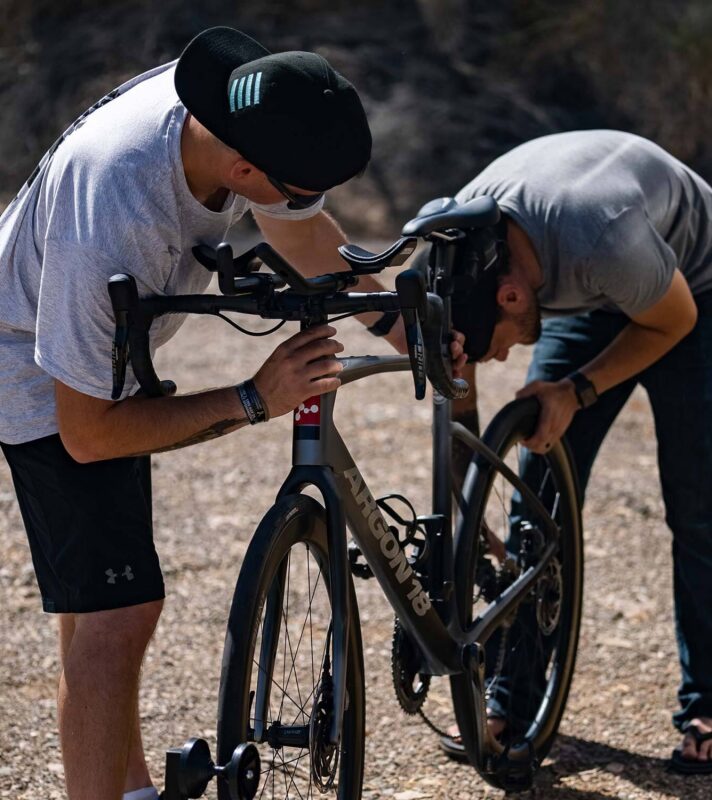
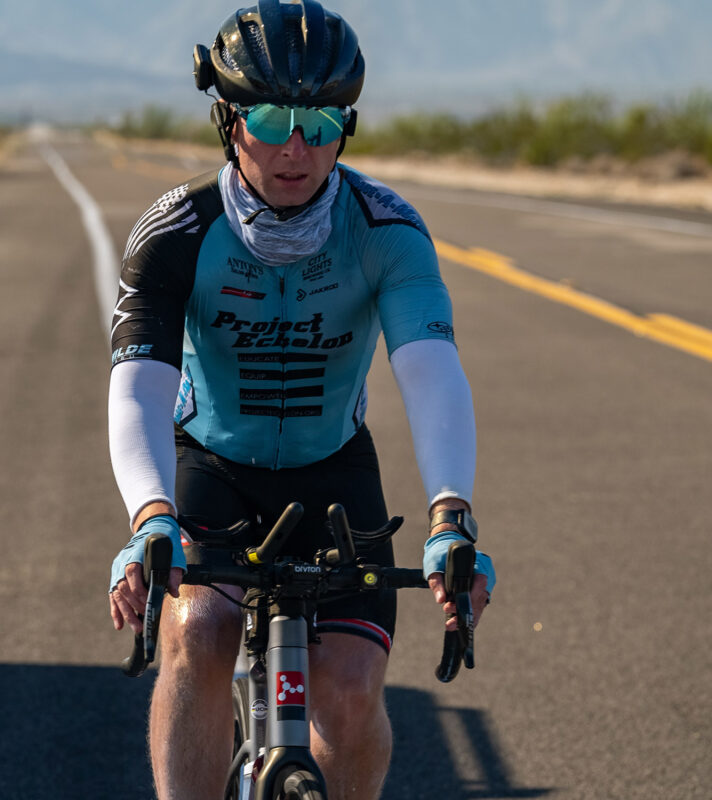
How did that early setback affect your overall gameplan?
It was tough having something like that happen so early in the ride. But it also meant we were ready for anything after that. It’s like climbing a mountain: there’s an easy way and hard way to get to the top, and trust me, cycling isn’t the easy way! You see the same thing from the top of the mountain no matter which way you got up there, easy or hard. But your perspective is different. There’s a strength that you get access to when you take the hard way up. There’s a way the challenge has changed you and given you that new perspective.
That physical challenge amplified all the other goals of the ride. This wasn’t just about crossing the country, or going a certain distance each day, it was about getting a message out and really connecting with people. After I got out of the hospital we thought, now we really have lessons to share. That’s what we wanted from the beginning – the lessons are the important parts of the story, not the miles. We had to learn it the hard way – I mean, Day 3 – but it was incredible the way we were already connecting with people, and how many people were offering support. It really amplified what we wanted from the beginning, to have people become part of the story.
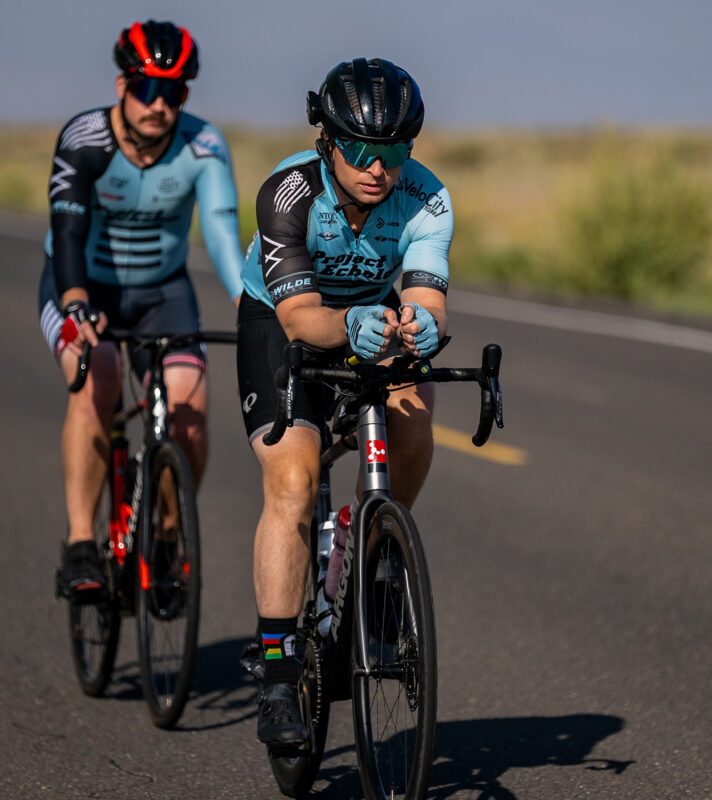
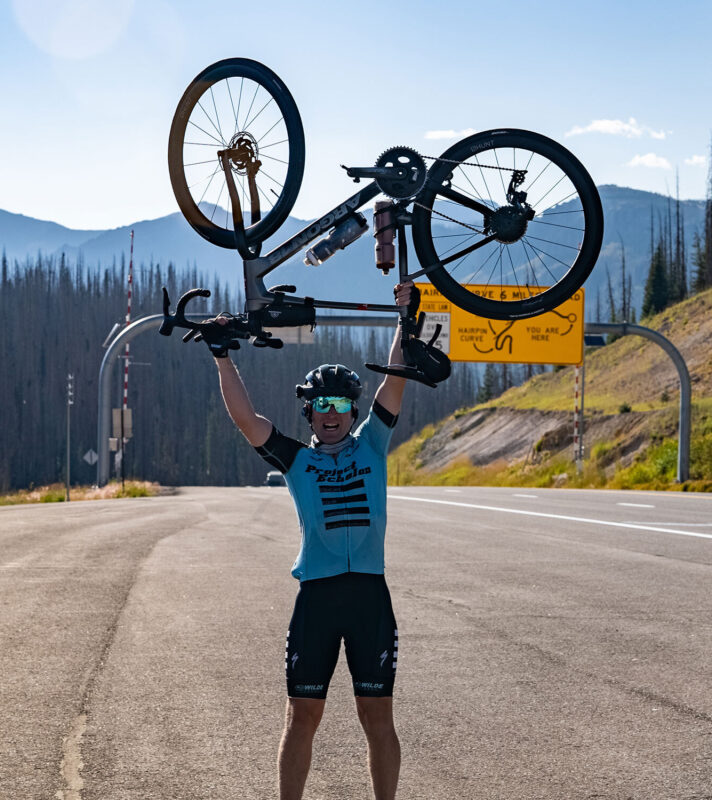
What part of your preparation paid off the most?
I think focusing on the small things became essential. Making sure my Krypton was cleaned every night so that it was good to go for the next day, making sure all our technology was working and everything was charged, like the SRAM eTap, making sure our team was in sync and communicating effectively. Those little things were essential: making sure everything gets done day-in, day-out.
The logistics of the whole project were huge, so that attention to the small things was so important. Our crew chief, Ken, is a military veteran who was kind enough to take time off work for the entire journey – that meant a lot. I trust Ken with my life, so he was the first person I asked to be in that role. He’s a problem-solver – that’s who you want on your team. Lucas, our videographer, also wanted to get his hands dirty so he was part of the support crew, and we had three other crew members who joined in at different places across the country – Christian, Loison, and James – so all of that had to be coordinated. Everyone was working 16-hour days for three weeks – that’s intense. But the team really came through on all the challenges. There were a few scares along the way - off-leash dogs while descending at 35miles an hour, for example, and the day I got a flat at the same time the van did, in the middle of absolute nowhere in Missouri. I had to go on ahead and self-support while the team waited for service on the van. So there I was, loaded up with nutrition and with 80 miles to go – plus one of our crew had to catch a flight back home that day, so let’s just say there was a bit of logistical juggling. It’s important to focus on each of those things in turn and solve them one by one, which is what the team accomplished.
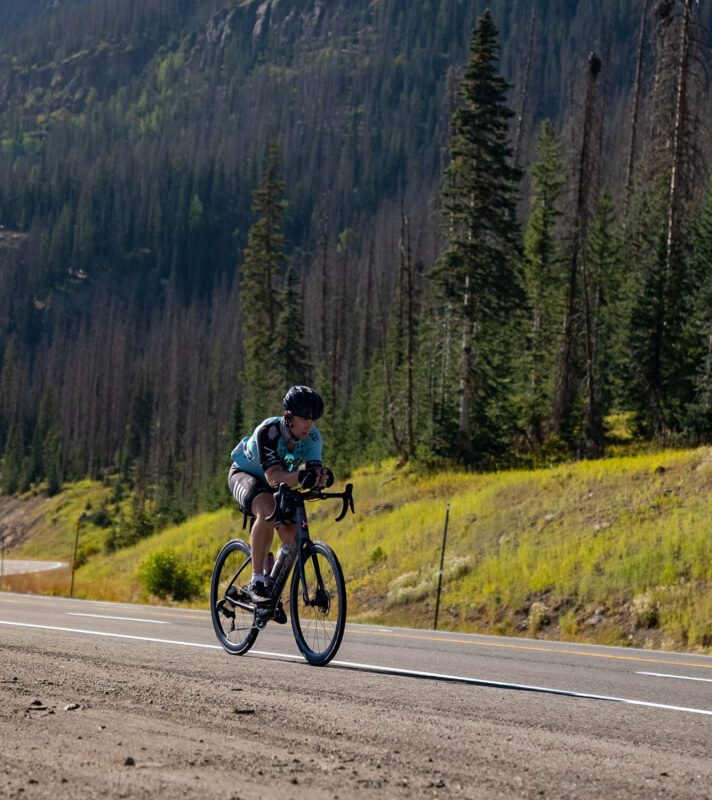
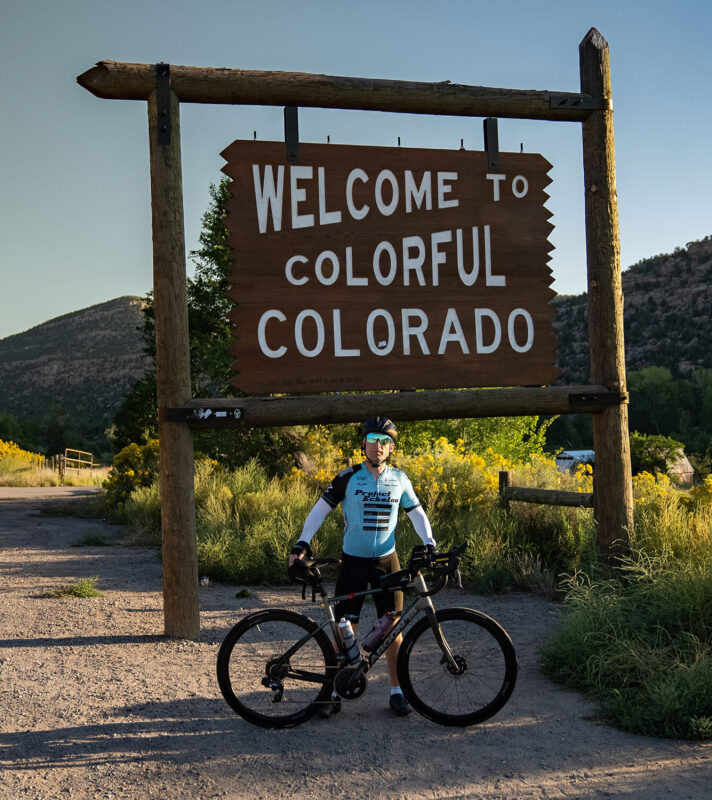
If you could name three things you want others to take away from this experience, what would they be?
Number one, again, focus on doing the small things. Life is made up of small things: those things add up to a day, those days add up to a year, and those years are a life. If we want to accomplish goals with intention, we need to be intentional in the small things. Then a day has purpose, a year has purpose, life has a purpose.
Number two, know that we all have a hero that exists within us, and we need to put ourselves on a path to accomplish that hero’s journey. In Joseph Campbell’s writing he says that the hero’s journey focuses on facing and overcoming adversary, but that’s not the end of the journey. The journey includes sharing the lessons that the hero has learned with others. So the point isn’t just to finish the journey – or maybe the finish line isn’t what you first think it is. Passing on what you’ve learned is essential to the journey, sharing the story with others. I’m happy to be able to do that right now.
And last, we are so much more capable than we often believe. But we need other people to be part of our story to help us bring out that potential. Its easy to keep your goals and dreams in a silo, but you can’t solve certain problems without other people. There’s an African proverb: if you want to go fast, go alone; if you want to go far, go together. You unlock something within yourself when you’re with others. To have ridden across the country in 22 days – it still hasn’t totally registered that I did it, and I still think it’s mind-blowing. But I did it because of the people who were part of my team, from my coach to our sponsors and the crew, and the people that supported us along the way and on social media. Everyone is part of the story. Most of the time, to accomplish our goals, we need to make people part of the process.
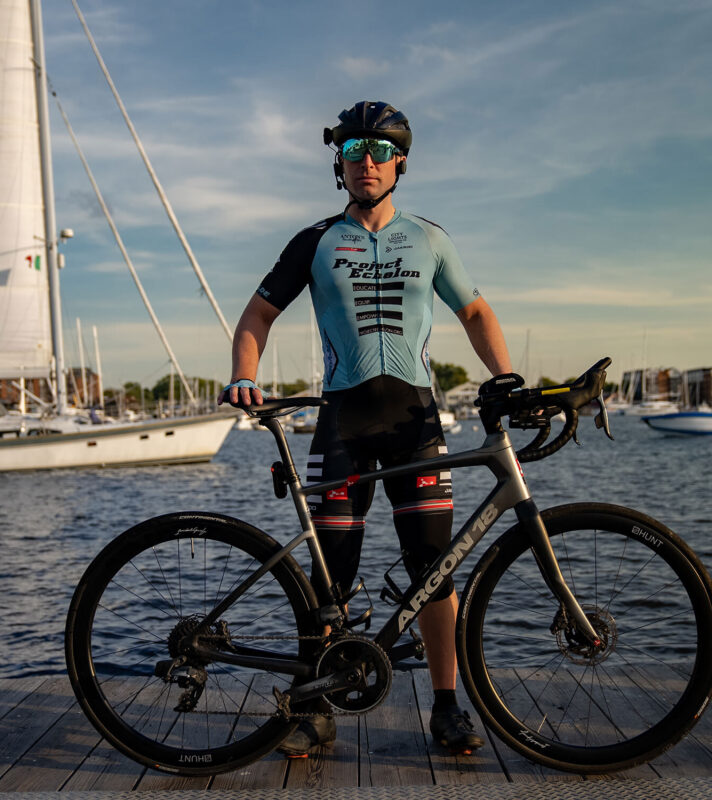
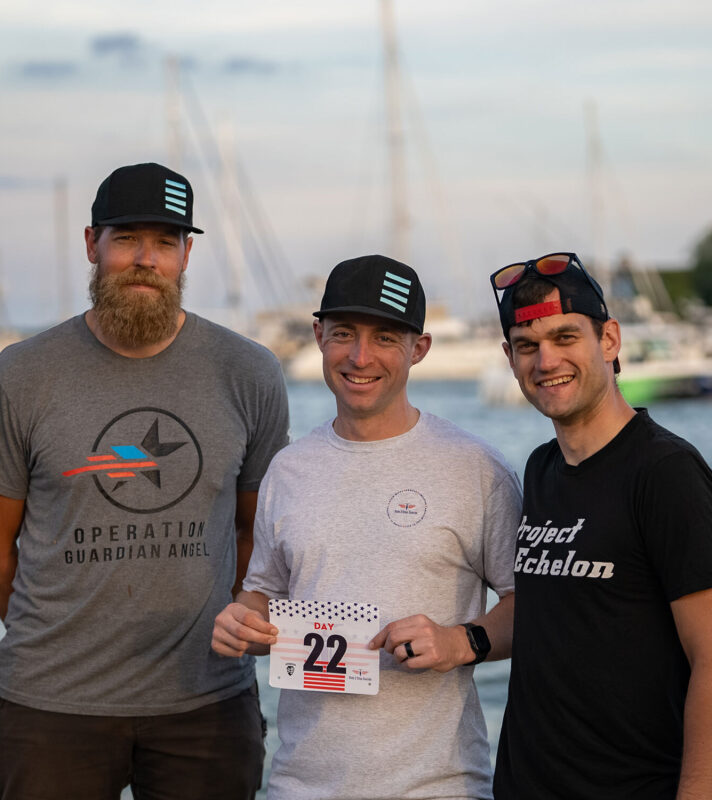
What’s next? Any other major challenges coming up?
Right now, I’m sharing what I’ve learned. As I said, that’s part of the journey. I’m focused on helping other people find what inspires them, because I just accomplished something that inspired me. This ride was a dream of mine. In my journal on January 27, 2020, I wrote ‘bike across country’, and I continued to write that almost every day. But in order to really make it happen, I needed the ride to be more than just about me, which is why it became the Ride to Stop Suicide, and became about spreading a very important message. I said before we started that if we helped even one veteran improve their mental health, it will have been worth it. On the last day, Day 22, I had a veteran reach out to me and say, ‘I’ve been following you, and I’ve been having a tough time since coming home from Afghanistan, and what you’re doing has encouraged me to seek help’. He had reached out to a counsellor toward the beginning of my ride, and by Day 22 when I had reached the end, he was already seeing progress, he was already feeling better.
In that way, the mission is accomplished. But the journey continues. Since I was able to transition my own dream to a reality, now I get to use this story to help others do the same thing with their own goals. And that’s really the accomplishment, not the ride itself.
Photos by: Lucas Parmley



